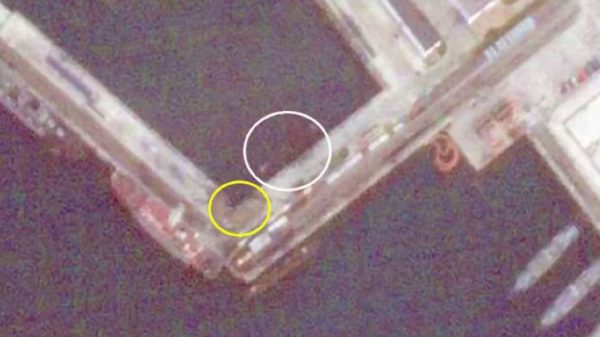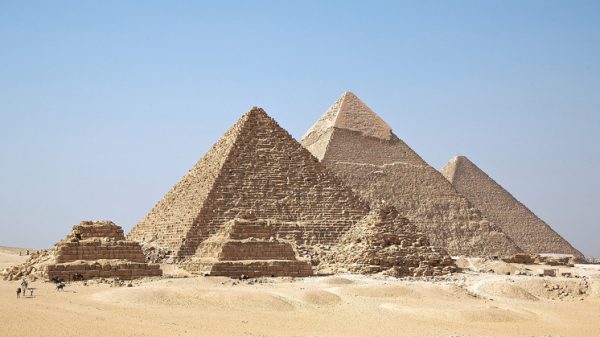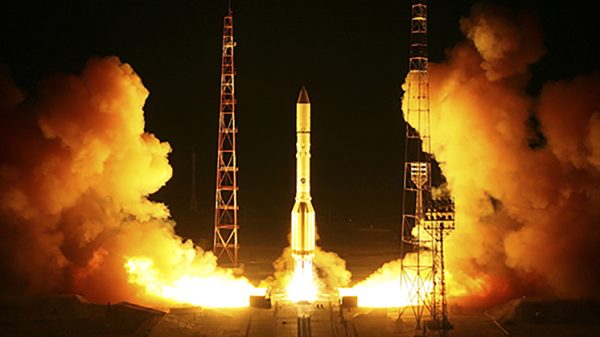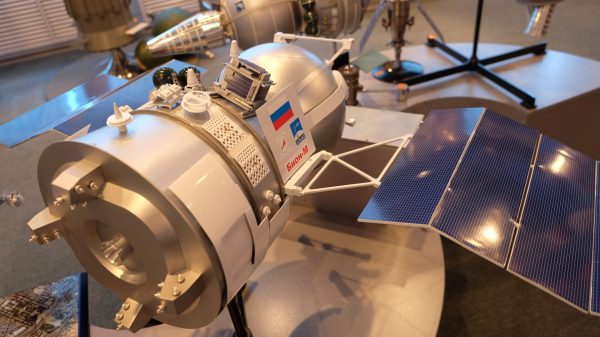“In the context of the new space race, the lunar landscape in 50 years will be completely different.”
Scientists say the Moon has entered a new era. For millennia, our planet's natural satellite has inspired people from afar, but the bright beacon in Earth's night sky, located 321,868 kilometers away, has remained just out of reach. Everything changed on September 13, 1959, when the former Soviet Union's unmanned spacecraft Luna 2 landed on the lunar surface.

According to NASA, the Luna 2 probe formed a crater when it landed on the Moon between the lunar regions of Mare Imbrium and Mare Serenitatis.
This pivotal moment, which caused the rise of lunar dust, as noted by CNN, marked the beginning of humanity's efforts to explore the Moon, and some scientists now suggest that it was also the beginning of a new geological epoch — or time period in history — entitled «The Lunar Anthropocene,» according to an annotated article published in the journal Earth Sciences. December 8.
“The idea is much the same as when discussing the Anthropocene on Earth— study of how much humans have impacted our planet,” explains lead author Justin Holcomb, a research scientist at the Kansas Geological Survey at the University of Kansas.
“Everyone agrees that on Earth, the Anthropocene began at some point in the past, whether hundreds of thousands of years ago or in the 1950s,” Holcomb emphasizes. “Similarly, on the Moon, we argue that the lunar Anthropocene has already begun, but we want to prevent widespread damage or delay in recognizing it until we can measure a significant human-caused lunar halo, which would be too much.” late.
Scientists have been trying for years to definitively establish the Anthropocene on Earth and recently presented new evidence of a site in Canada that some researchers say marks the beginning of a transformative chapter in the history of our planet.
The idea of a lunar Anthropocene comes at a time when civilian space agencies and commercial organizations are showing renewed interest in returning to the Moon or, for some, landing on it for the first time.
And the authors of the paper argue that the Moon's environment, already shaped by humans at the beginning of the lunar Anthropocene will change in more radical ways as research expands.
Outdoor enthusiasts and visitors to national parks are likely familiar with the concept of Leave No Trace. — respect and maintain the natural environment, leave things as they were found, and dispose of waste properly.
The moon, however, is littered with traces of exploration, notes CNN.
Since landing &ldquo ;Luna-2” More than a hundred spacecraft crashed and soft-landed on the Moon, and «humans caused surface disturbances in at least 58 additional locations on the Moon's surface,» according to the article. Landing on the lunar surface is incredibly difficult, as evidenced by the numerous accidents that left their mark and created new craters.
The Cold War space race ushered in a series of lunar missions, and most since then have been uncrewed. NASA's Apollo missions were the first to send humans around the Moon in the 1960s, before landing astronauts safely on the lunar surface for the first time in 1969 with Apollo 11. Ultimately, 12 NASA astronauts walked on the Moon between 1969 and 1972.
According to the article, the arrival of humans on the Moon produced a variety of objects that were left behind, including scientific experiment equipment, spacecraft components, flags, photographs, and even golf balls, bags of human excrement, and religious texts.
< p>From the Earth, the Moon looks unchanged. After all, the Moon does not have a protective atmosphere or magnetosphere like our world to support life. Micrometeorites regularly fall to the surface because the Moon has no way to protect itself from space rocks.
According to the researchers, declaring a lunar Anthropocene could make it clear that the Moon is changing in ways that would not occur naturally due to human exploration.
“Cultural processes are beginning to outpace the natural background of geological processes on the Moon,” Holcomb said. — These processes are associated with the movement of sediments, which we call “regolith.” on the moon. Typically, these processes include, but are not limited to, meteorite impacts and mass movements. However, when we consider the impact of rovers, landers and human movements, they significantly disturb the regolith.
The Moon also has features such as a fragile exosphere consisting of dust, gas and ice within permanently shadowed regions, which are vulnerable and may be disrupted by ongoing research, the authors write in their paper. “Future missions should consider mitigating harmful impacts on the lunar environment.”
A new space race is heating up as many countries set their sights on landing both robots and crews to explore the moon's south pole and other unexplored and hard-to-reach lunar regions.
Indian mission «Chandrayaan-3» made a historic successful landing on the Moon in 2023 after the Russian Luna 25 spacecraft crashed. and the landing module of the Japanese company Ispace «HAKUTO-R». There are multiple missions headed to the Moon this year, including Japan's Lunar Sniper lander, which is expected to attempt landing on January 19.
Astrobotic Technology's Peregrine spacecraft launched this week amid objections from the Navajo Nation that the craft was carrying human remains that customers had paid to send, sparking new debate about who controls the moon. But a problem with the propulsion system, discovered a few hours after launch, means that the Sapsan will not be able to attempt a landing on the Moon, and its fate is currently unknown.
NASA's Artemis Program intends to return people to the surface of the Moon in 2026. The agency's ambitions include ensuring a sustainable human presence on the Moon, with habitats supported by resources such as water ice at the Moon's south pole. China's space ambitions also include landing on the moon.
“In the context of the new space race, the lunar landscape in 50 years will be completely different,” says Holcomb. – There will be many countries present on the Moon, which will lead to many problems. Our goal is to dispel the myth that the Moon is static and emphasize the importance of our impact not only in the past, but also in the future. We are committed to starting a conversation about our impact on the lunar surface before it is too late.
Human traces on the Moon have come to be seen as artifacts that, in essence, need some form of protection, CNN notes. Researchers have long expressed a desire to preserve the Apollo landing sites. and catalog abandoned objects to preserve the «space heritage.» But this type of conservation is difficult to achieve because no country or organization «owns» Moon.
“A recurring theme in our work is the value of lunar material and traces on the Moon as valuable resources, akin to the archaeological sites we seek to preserve,” Holcomb says. – The concept of the Lunar Anthropocene aims to increase awareness and reflection about our impact on the lunar surface, as well as our impact on the preservation of historical artifacts.
The Apollo 11 landing to the moon marked the first time man set foot on another world. The footprints left by astronauts in lunar dust are perhaps the most symbolic of humanity's ongoing journey, which is likely to include planets like Mars in the future, researchers say.
“As archaeologists, we perceive footprints on the Moon as a continuation of humanity's journey out of Africa, a key milestone in the existence of our species, notes Holcomb. “These imprints are intertwined with the overarching narrative of evolution. It is within this framework that we strive to interest not only planetary scientists, but also archaeologists and anthropologists who do not usually participate in discussions about planetary science.






















































Свежие комментарии